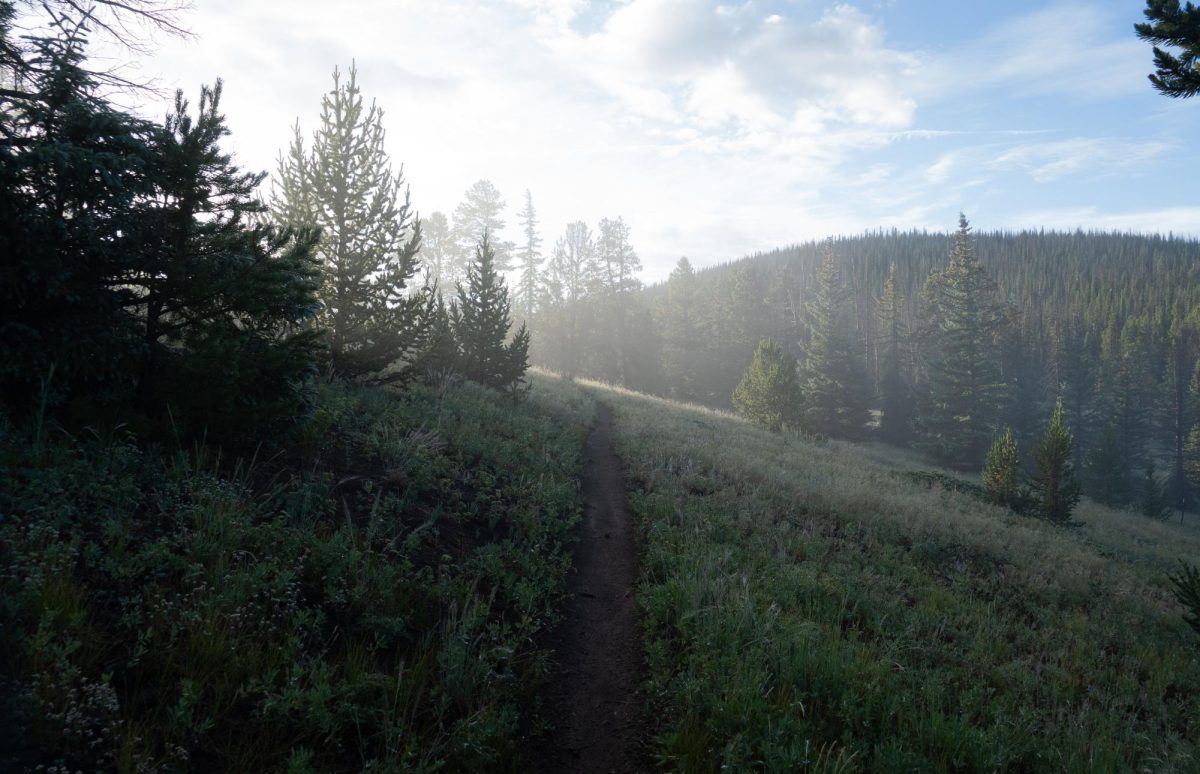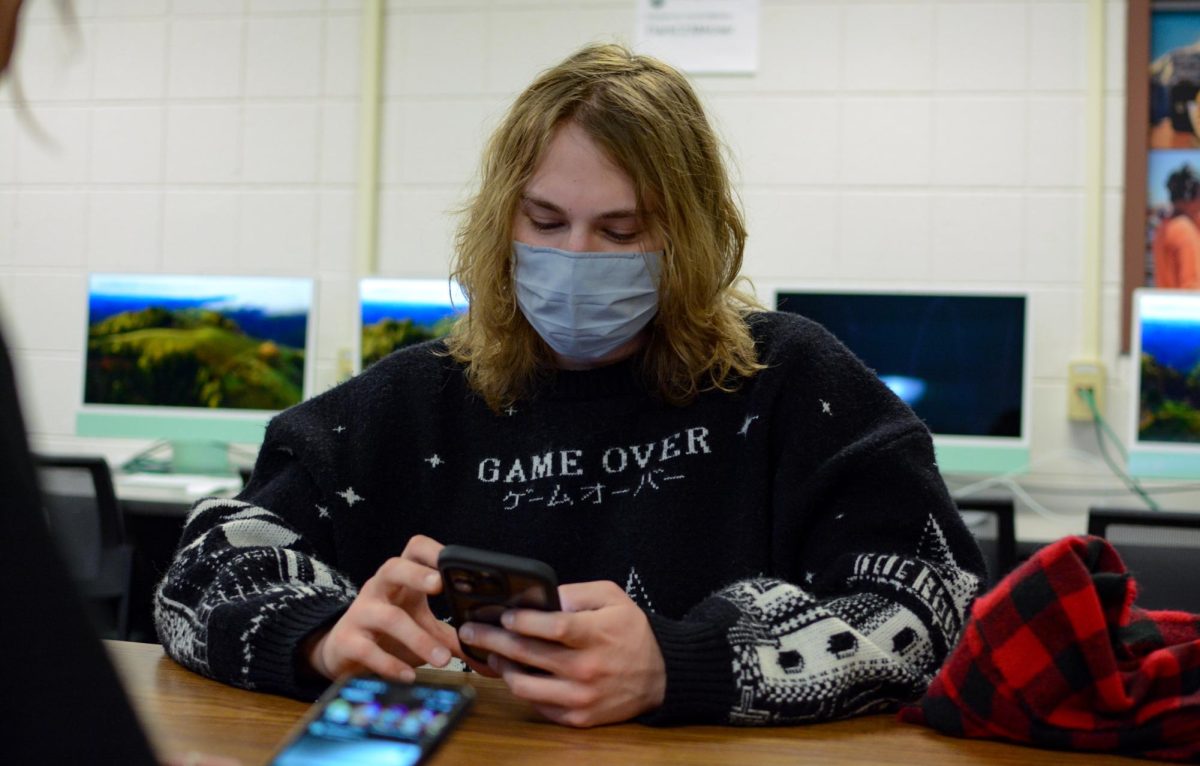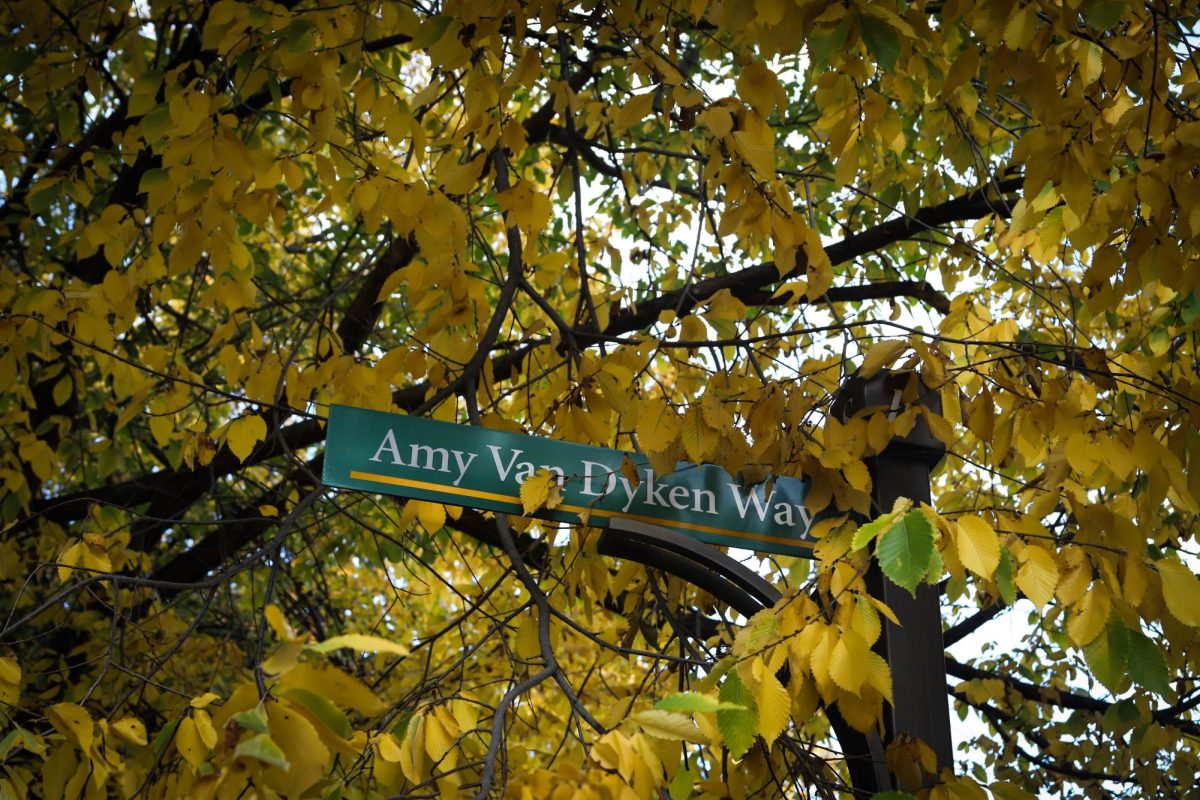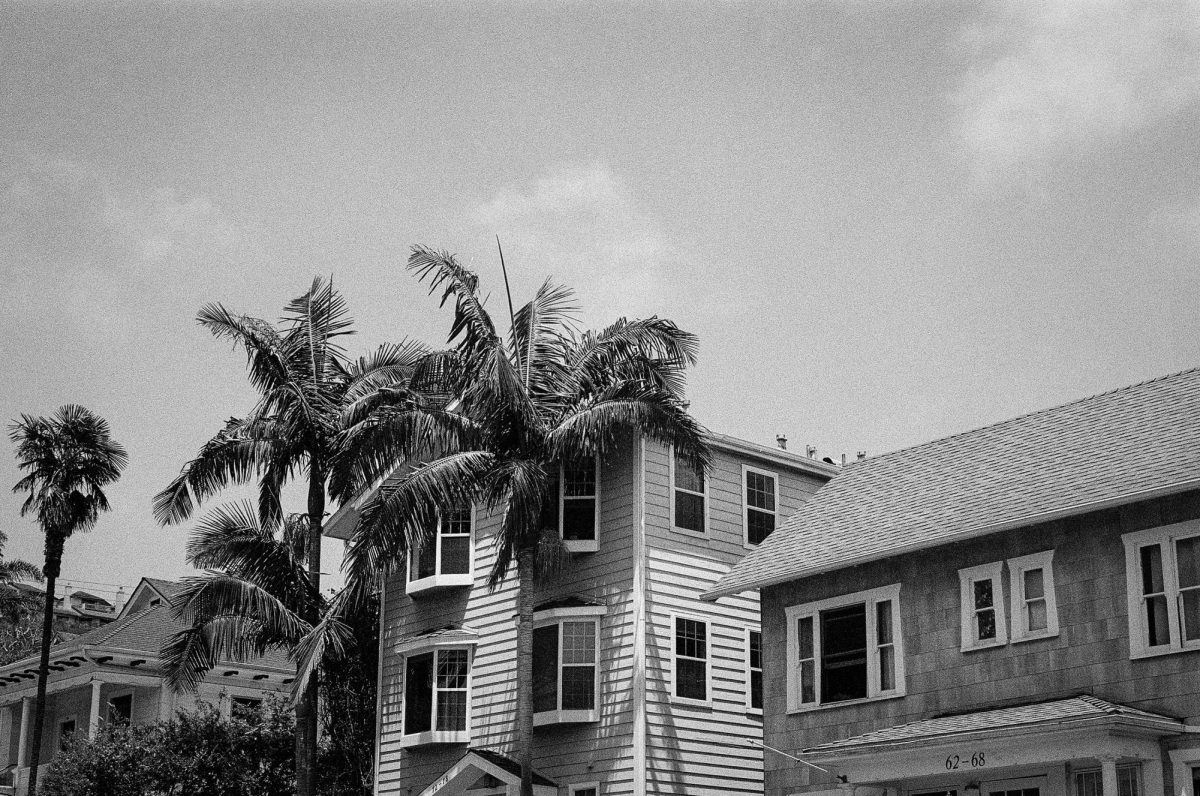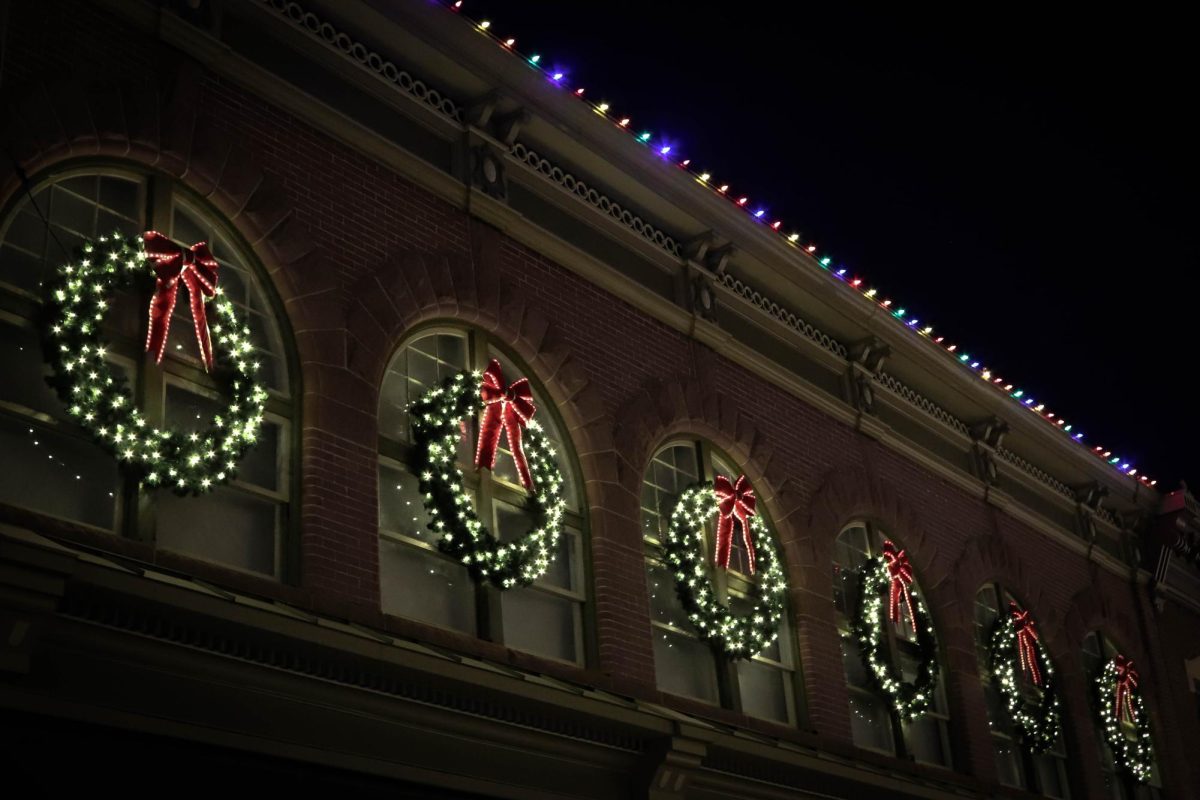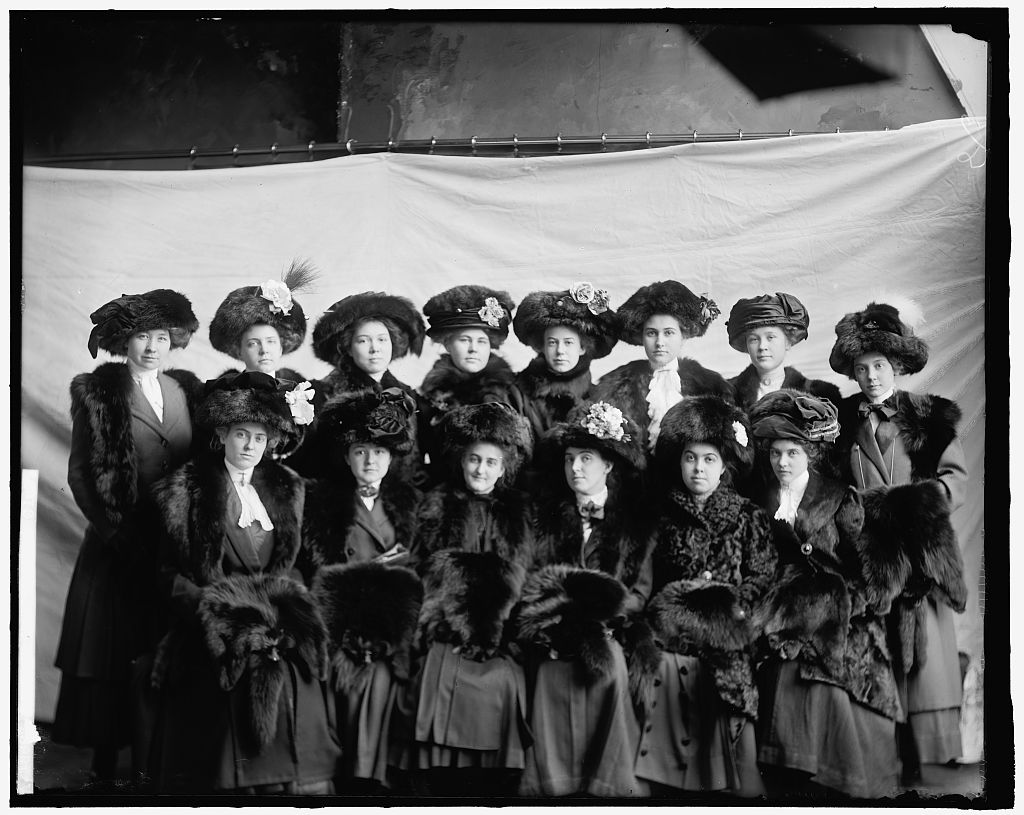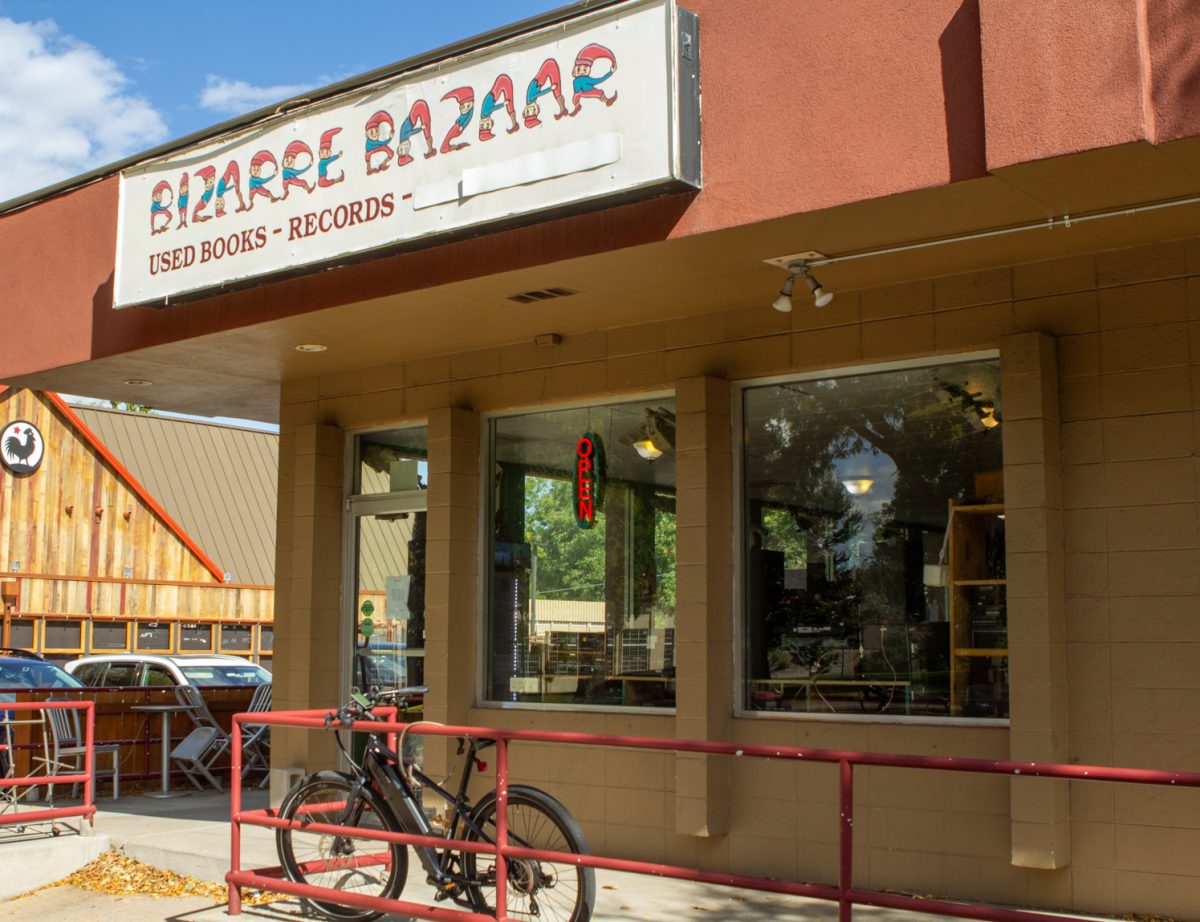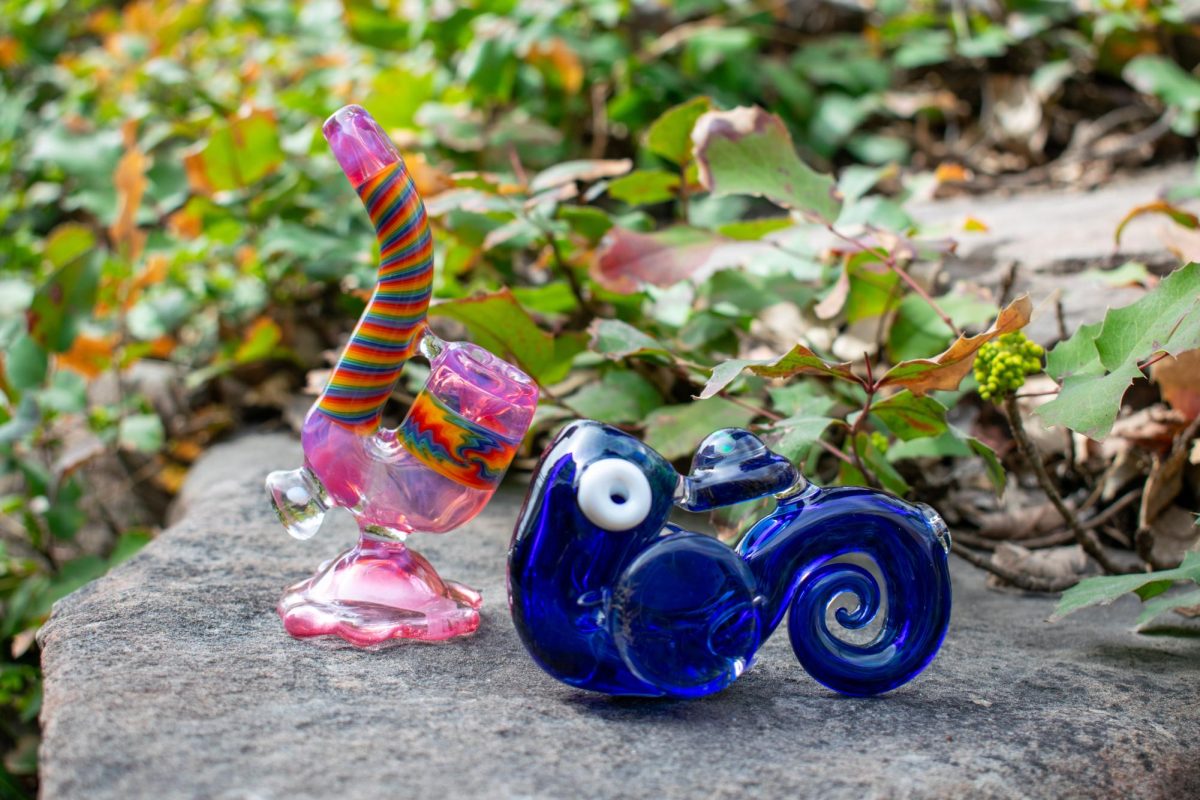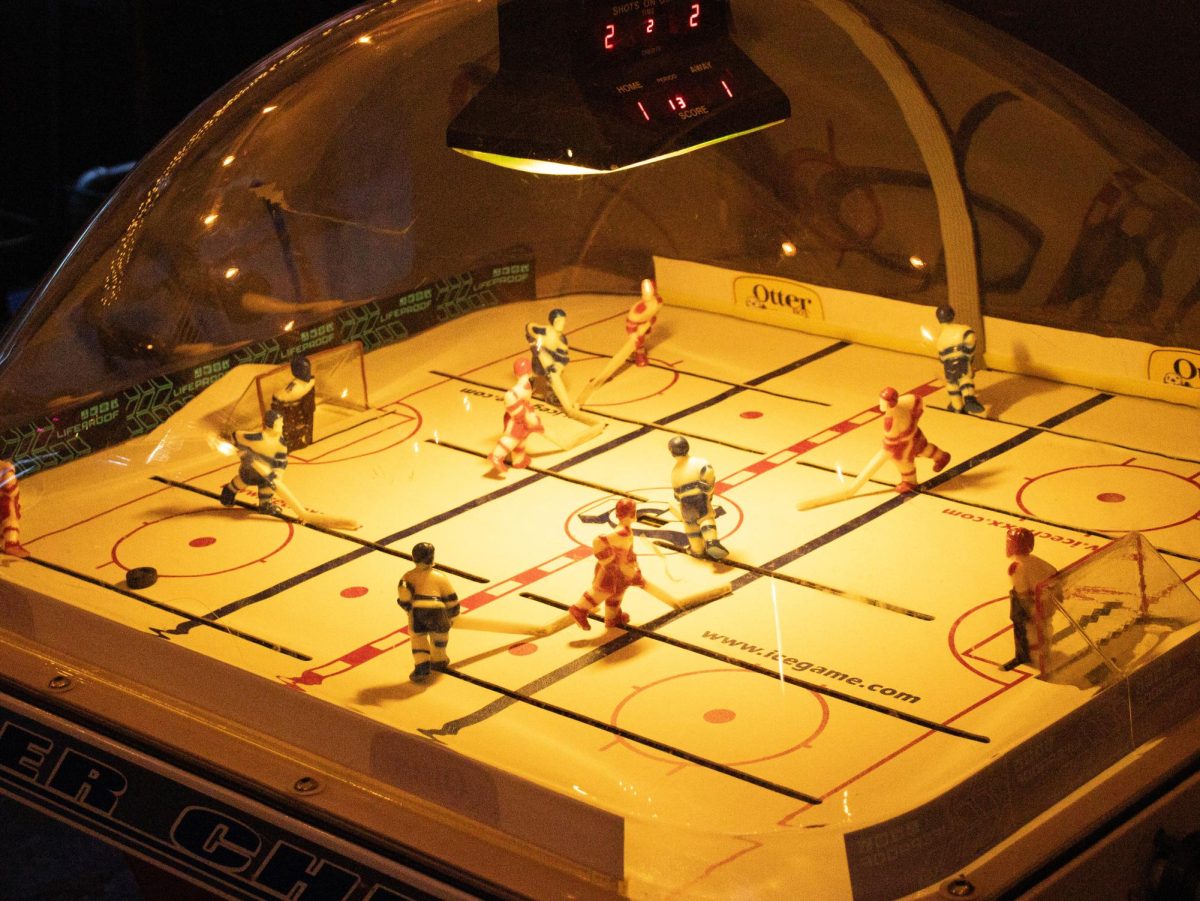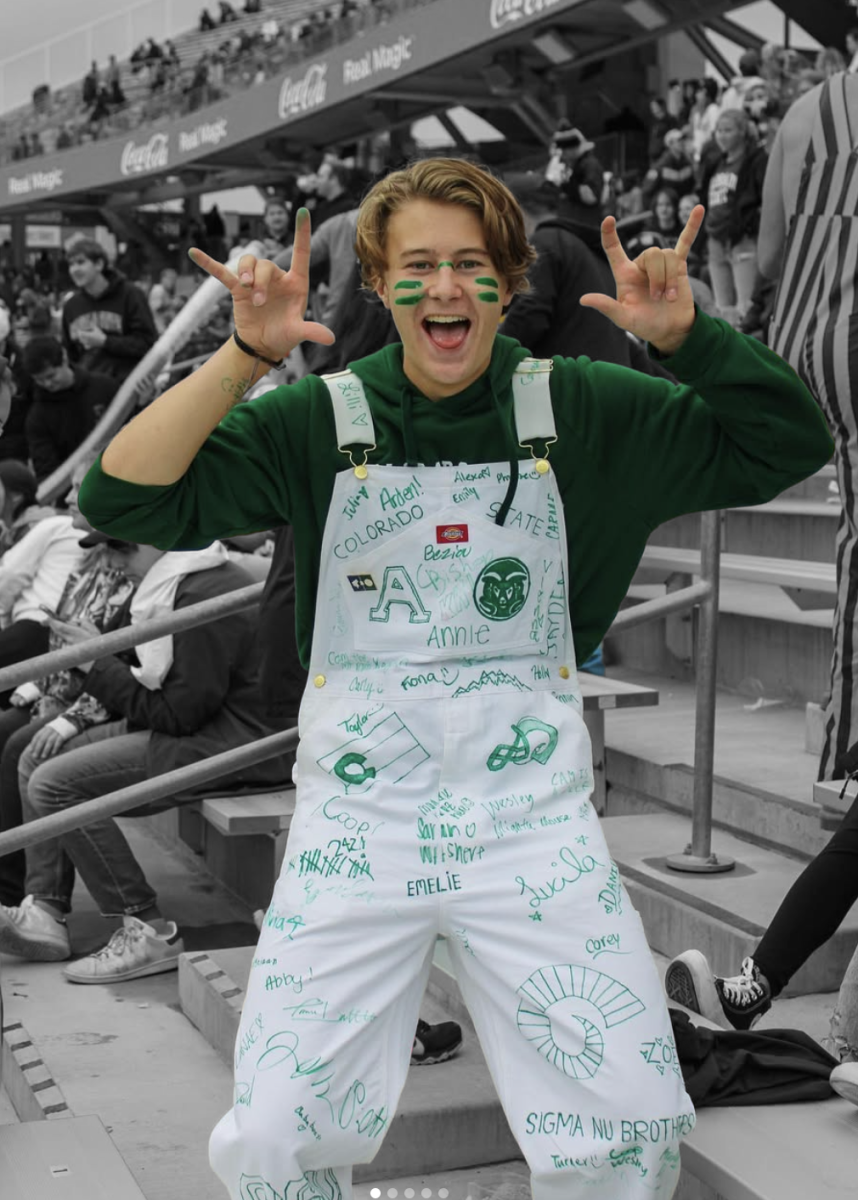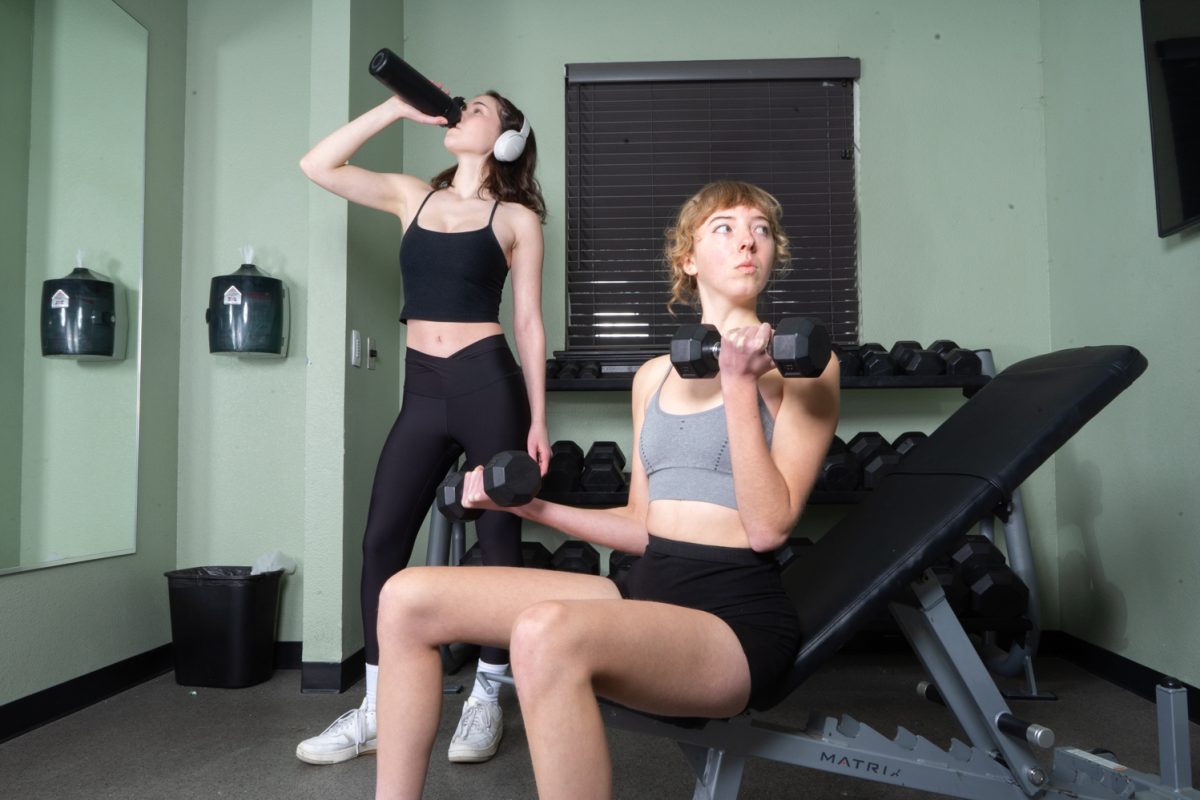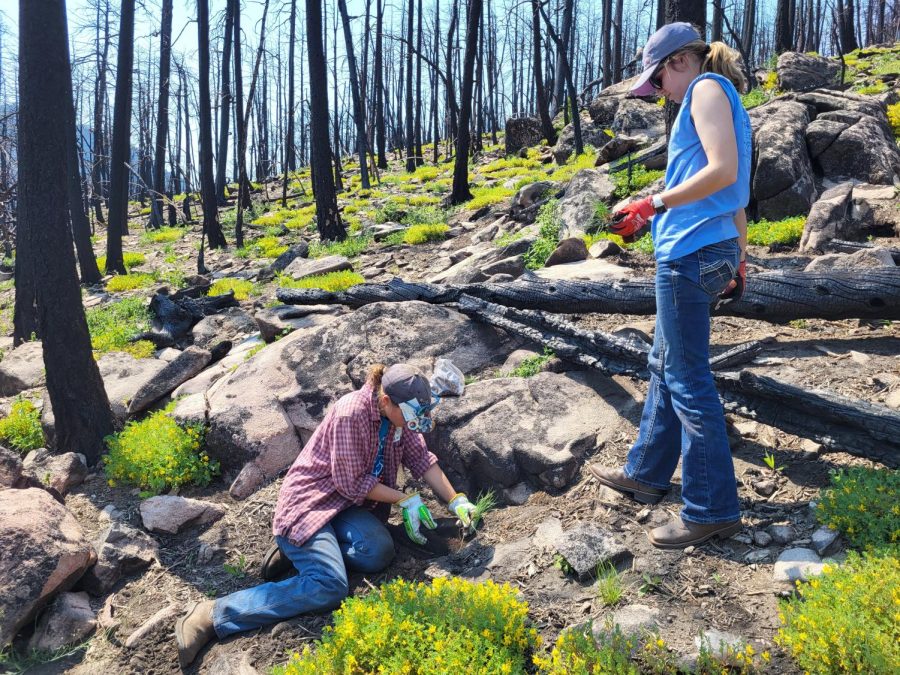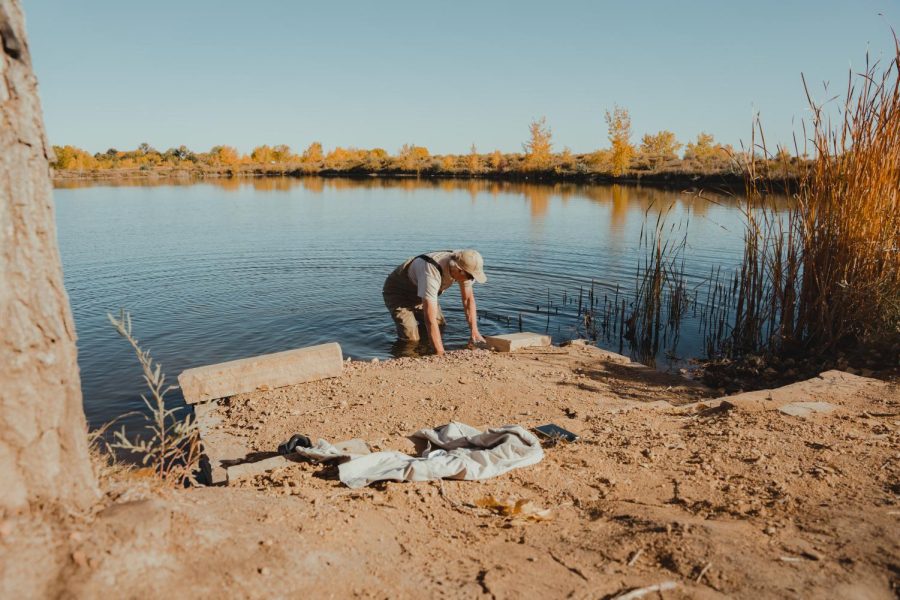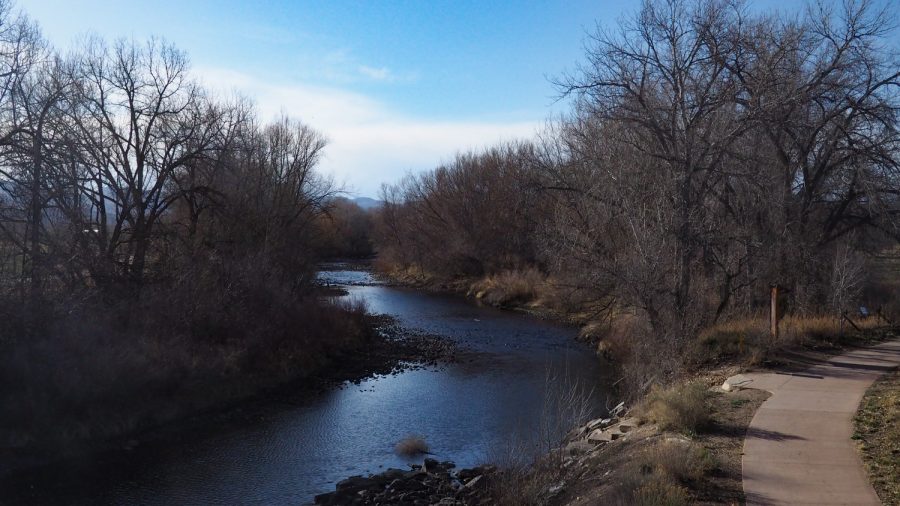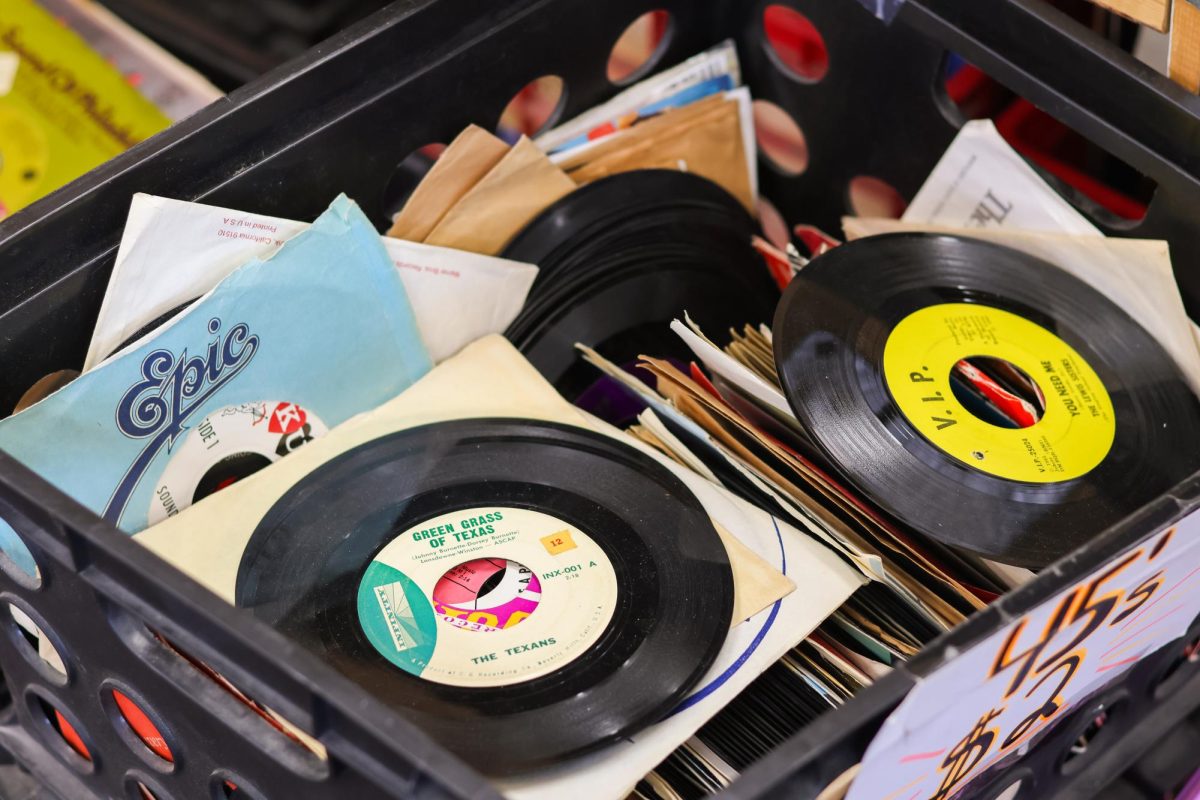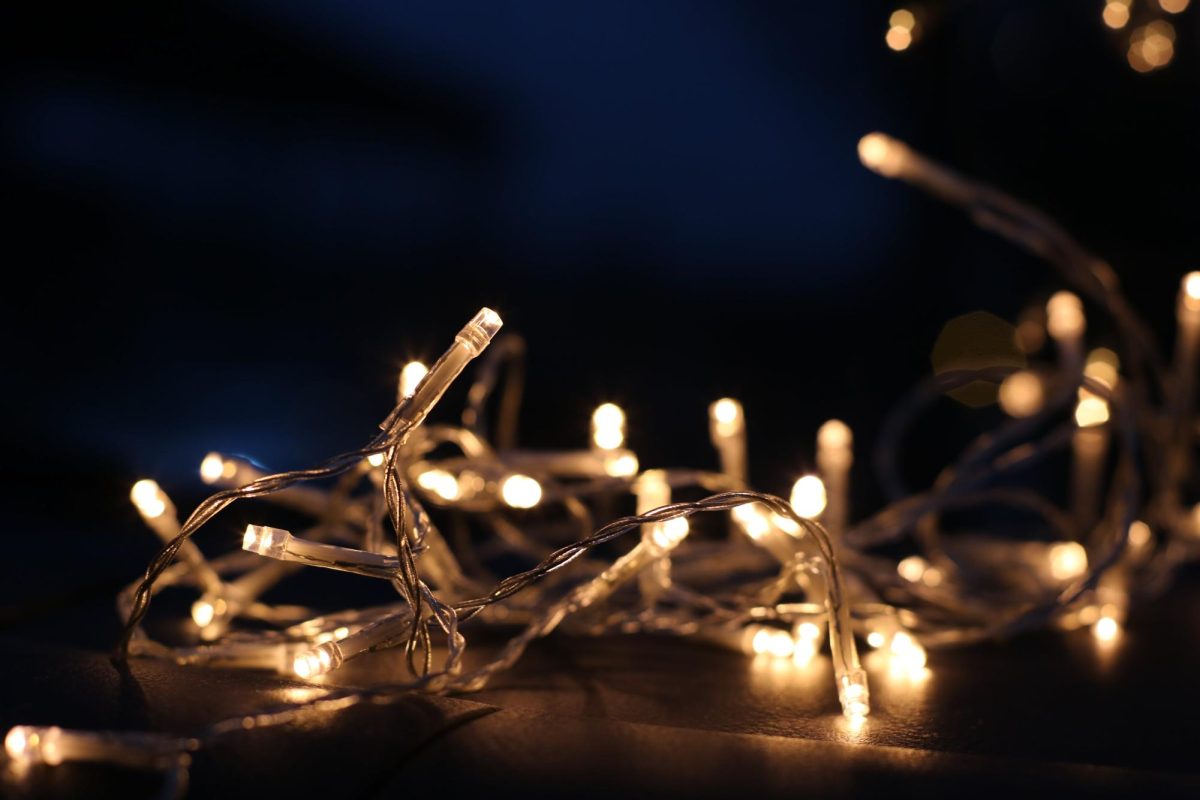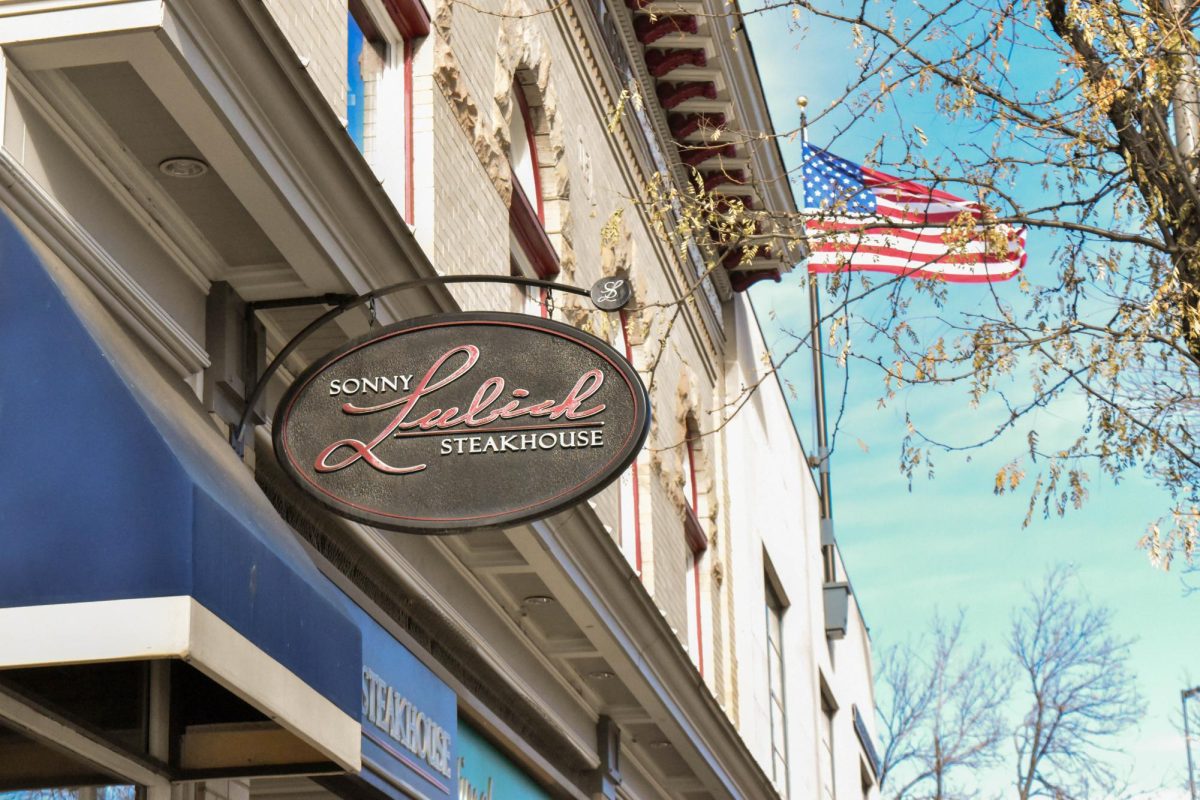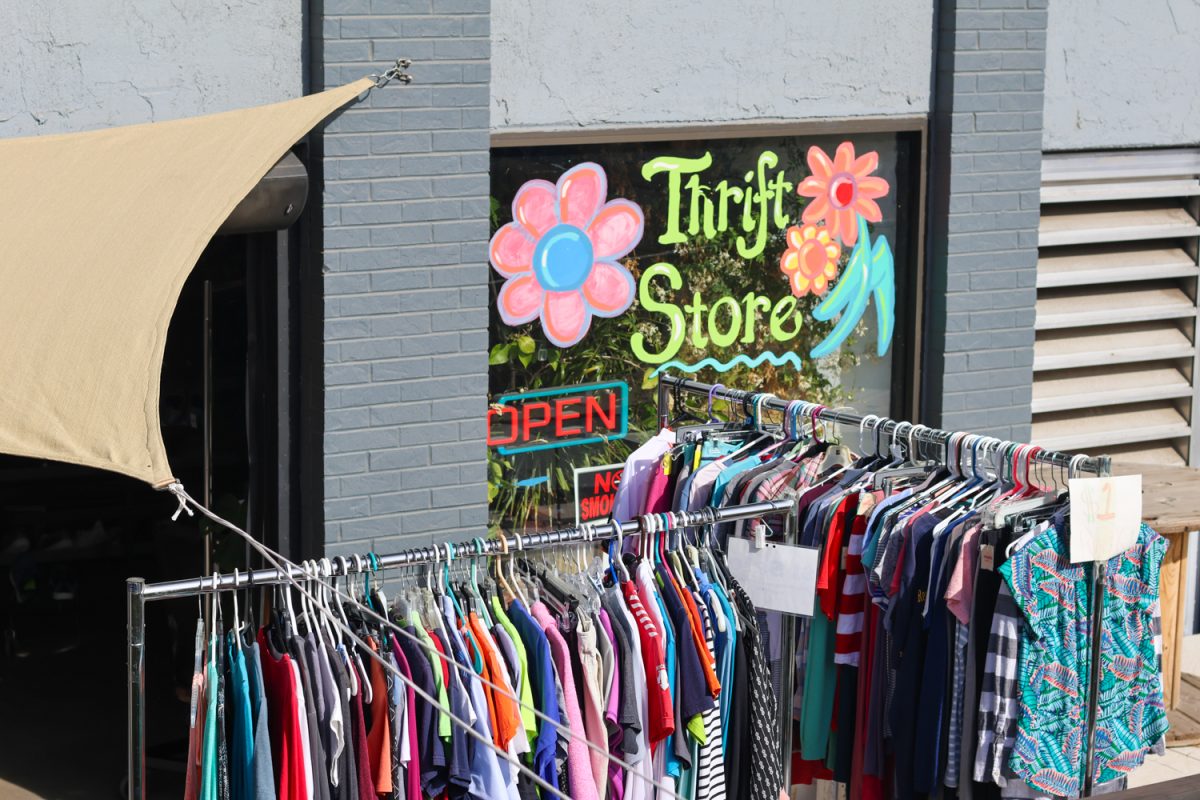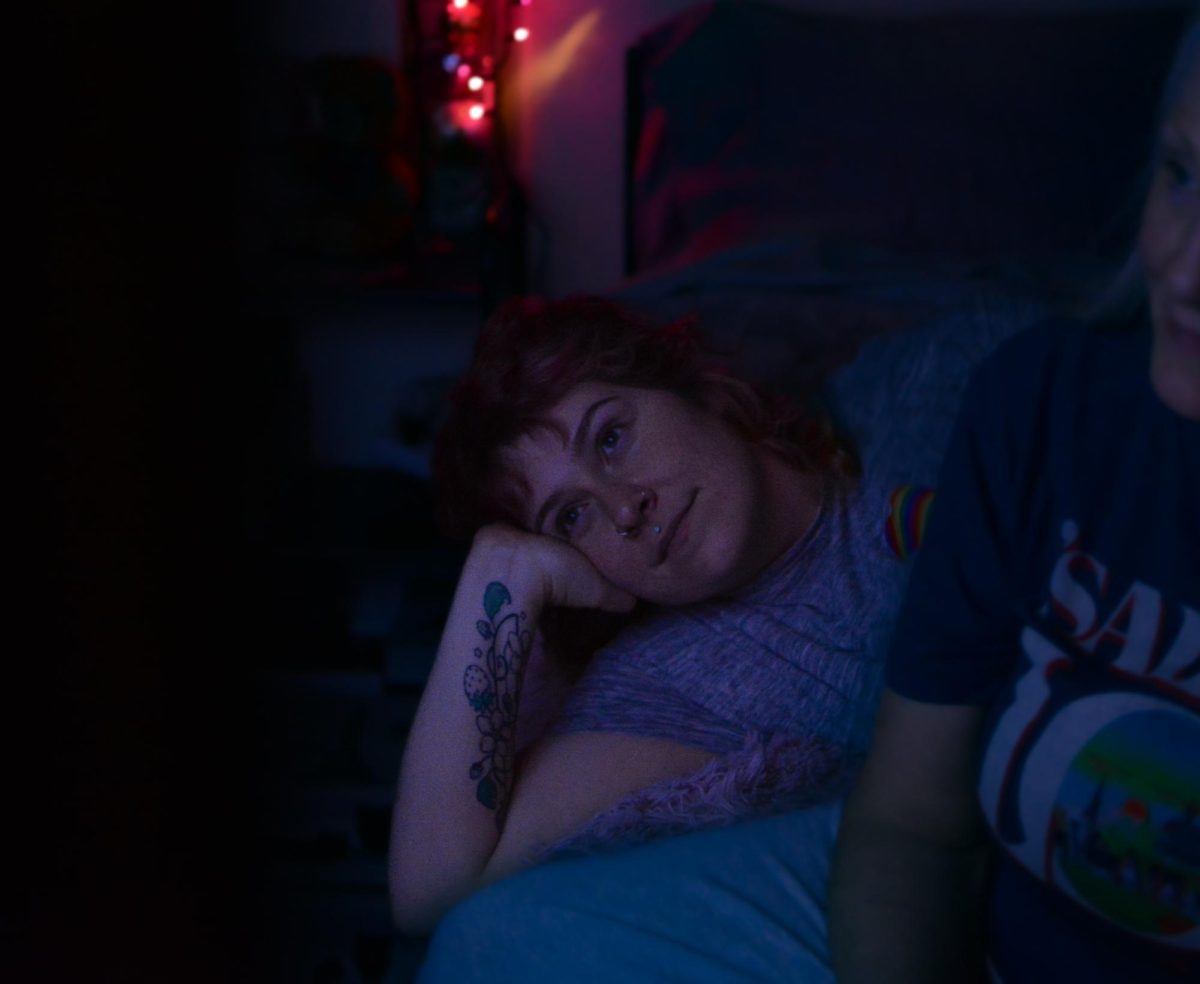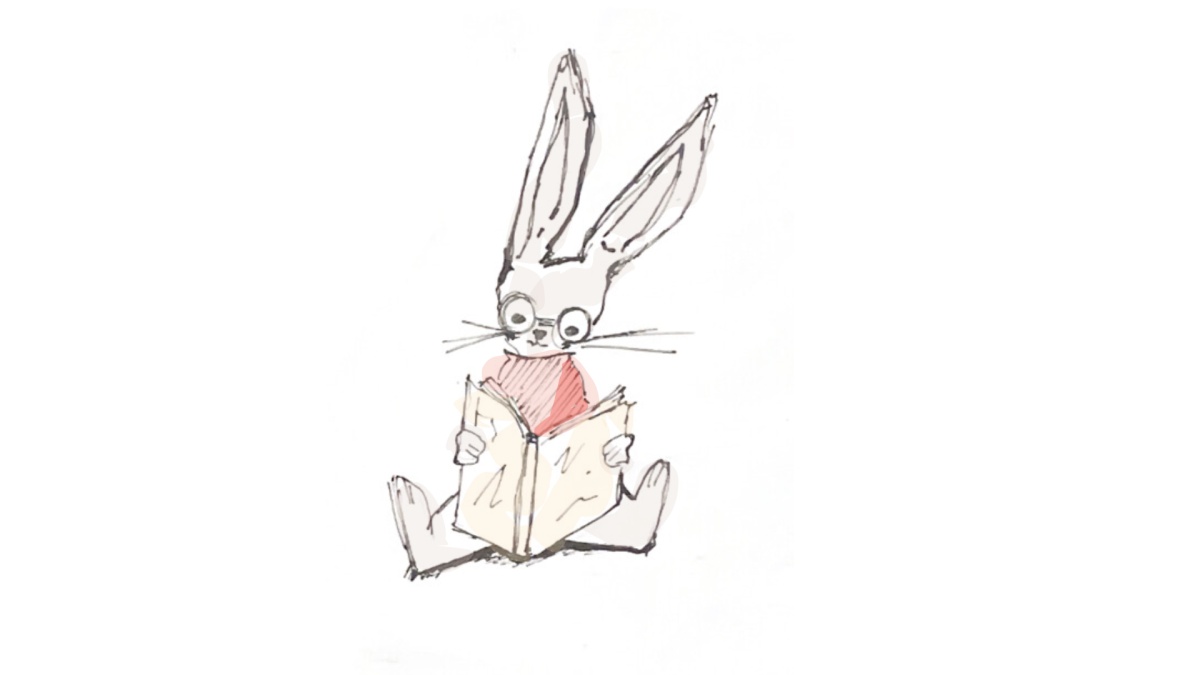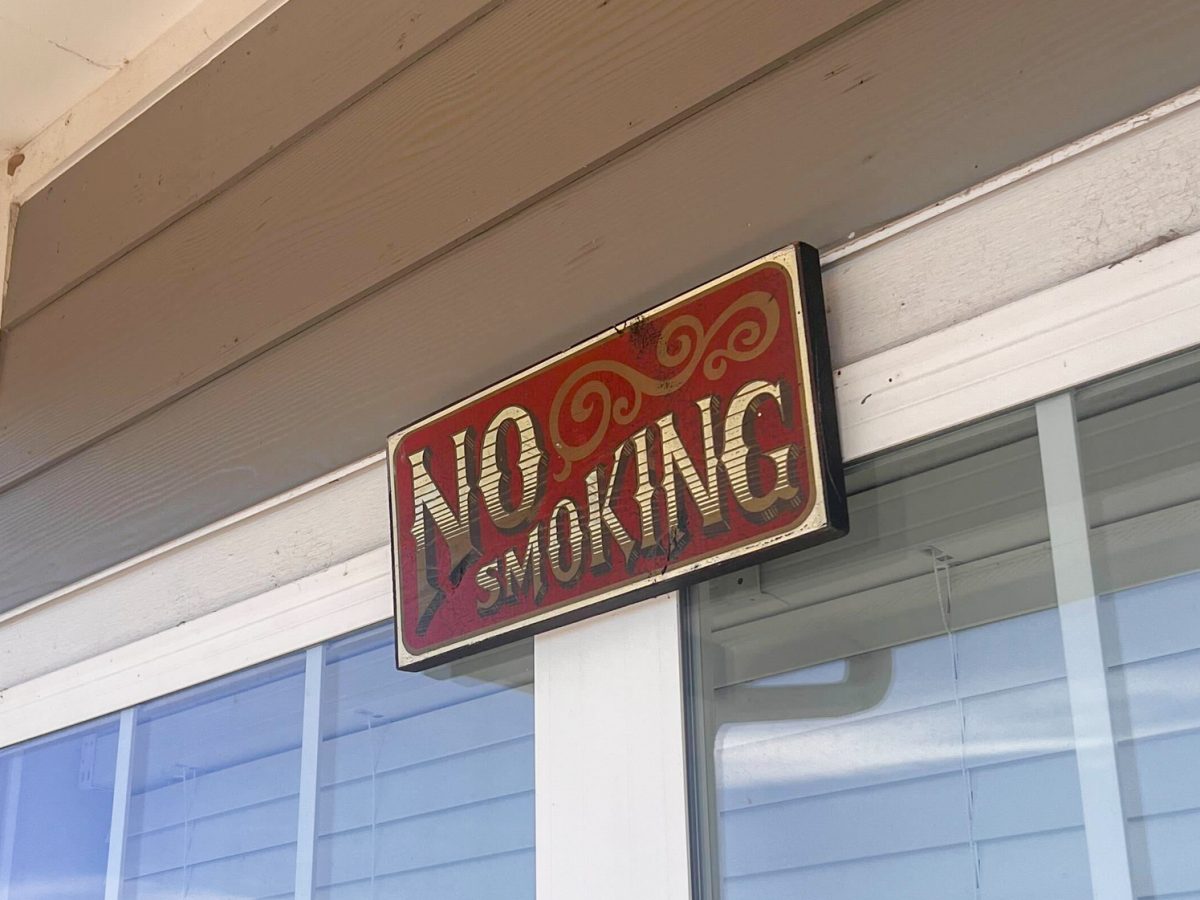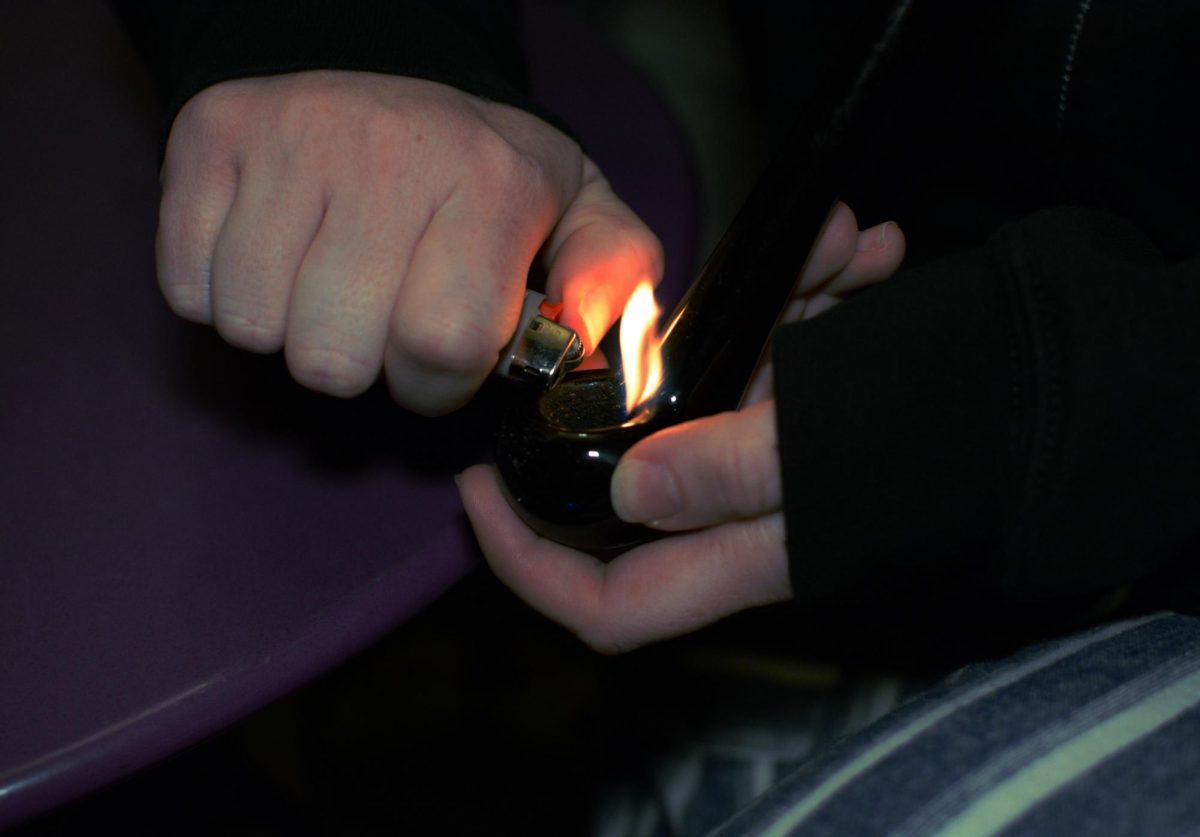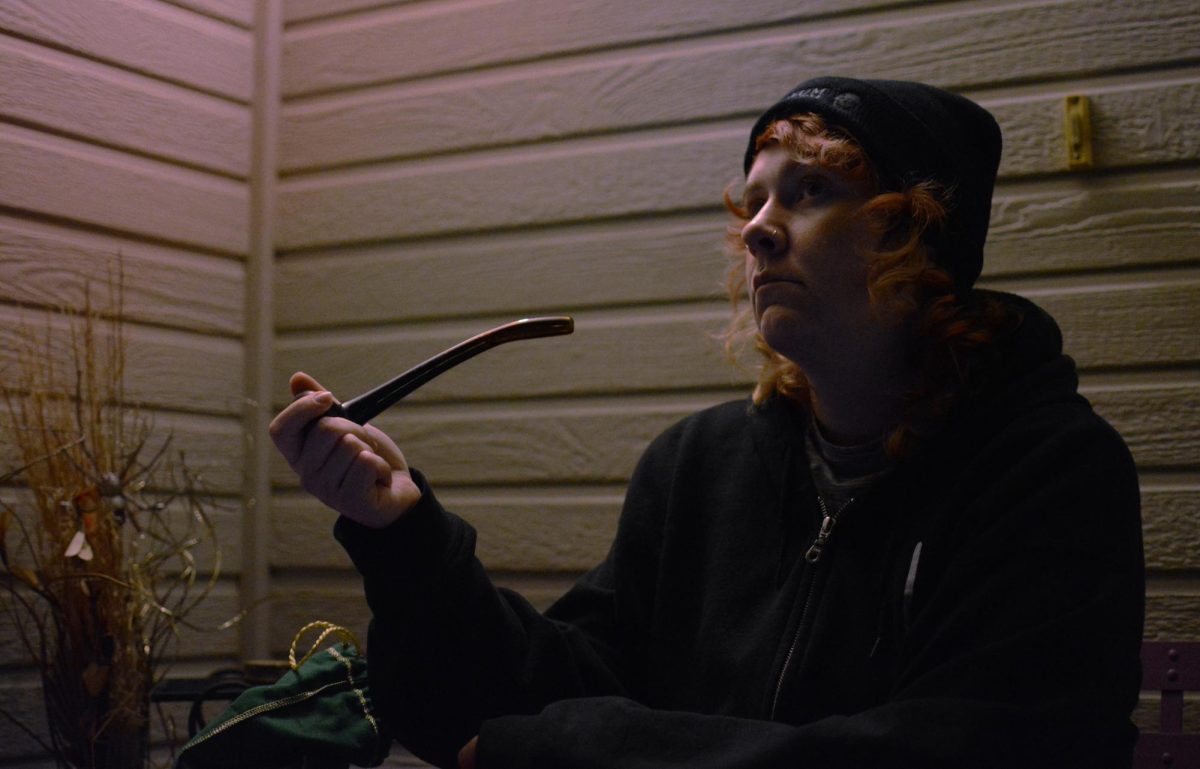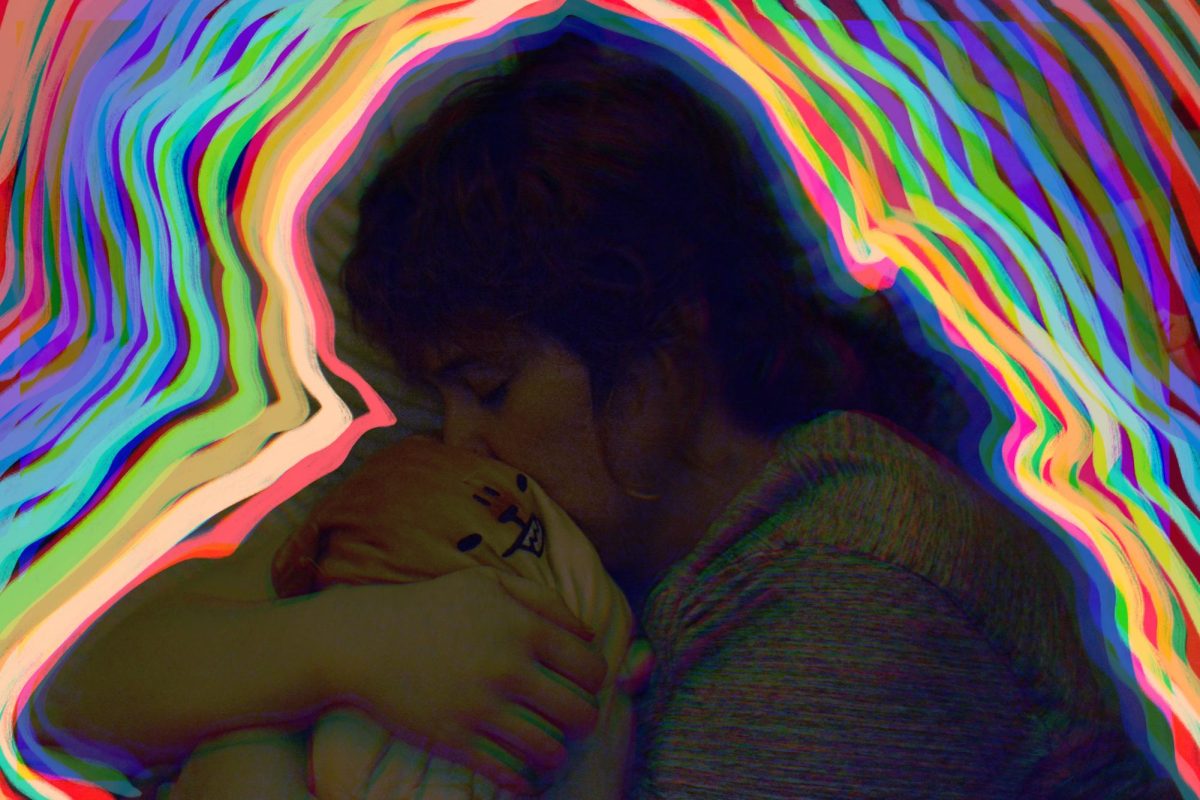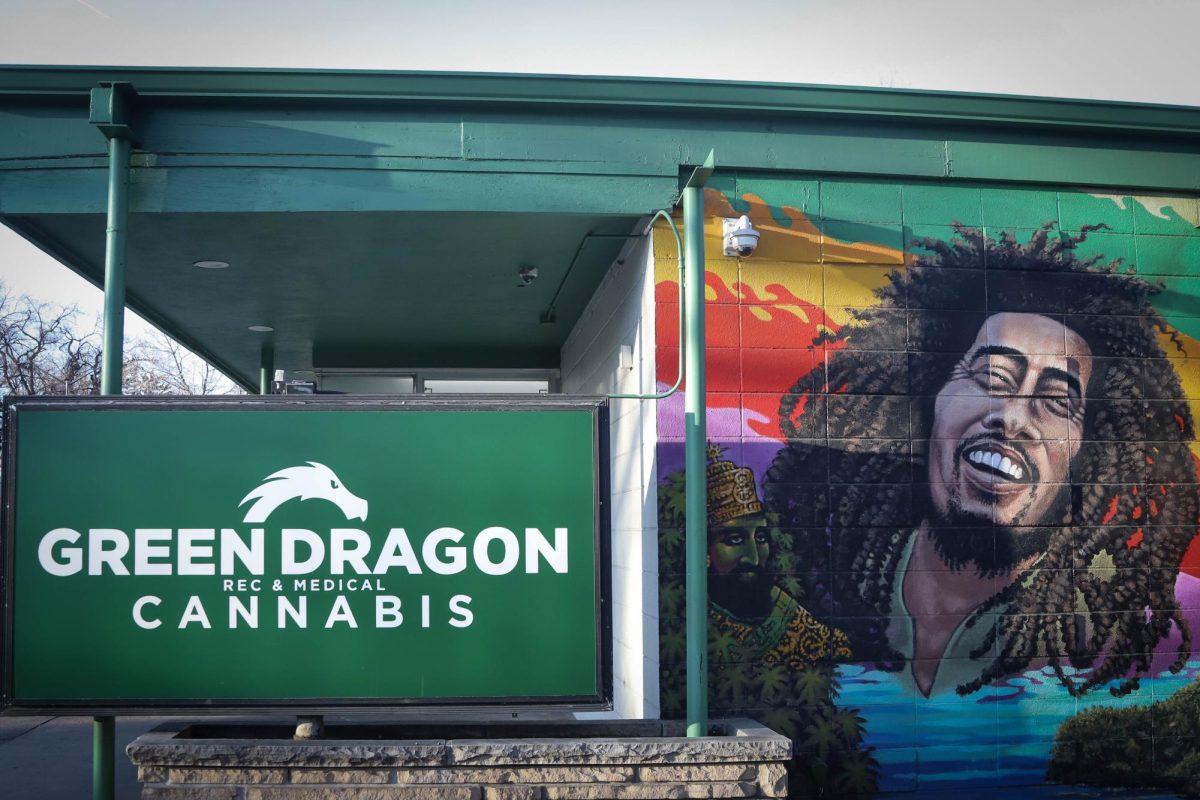The Colorado Trail (CT) is 486 miles of trail from Denver to Durango. The trail was established in 1974 and has been maintained and modified over time, from basic maintenance to the creation of an entirely new stretch of 86 miles that opened in 2012.
Those who decide to attempt to hike the trail all in one stretch are called thru-hikers. On July 2, I began my trek of the CT with my eyes set on Durango. This was my first thru-hike. I traveled with my mom and grandma through the first mile, and it felt unreal to stand at the beginning of almost 500 miles. After I hiked my first mile, I had to say goodbye to my family and let my will propel me through the rest of the trail. But I was not alone. The CT is known to be a social trail with a lively community. I started the trail with a paper journal, generally considered a luxury item, as often hikers find paper too heavy, opting for digital notes instead.
Thru-hiking requires that you carry only what you need and very little extra. My other luxury items consisted of a camera and some additional gear. These add-ons weighed six pounds out of my 23-pound total (not including food and water).
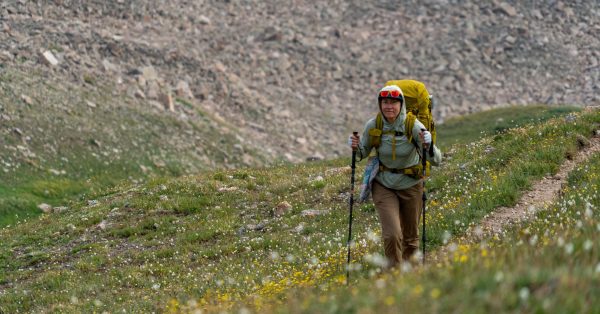
After years of it being on my radar, last September was when I officially decided I wanted to do the CT. My uncle did the trail roughly 30 years before me, and described it as the journey that made him no longer feel like a visitor in nature. To me that was an incredibly appealing idea: that I could feel like I was a part of and living inside of nature.
Throughout my journey, I also heard the travel described as moving at the speed of human. One of my favorite sensations was seeing a mountain on the horizon and knowing that in a few days, I would be at the base. Three miles per hour has never felt as fast as it did on the trail. I remember when I saw Mount Massive for the first time; after I left Breckenridge it had seemed incredibly distant, 53 miles away. Three days later I was at the base of the mountain preparing for a detour to the summit of Massive.
Thru-hiking is an innately transformational experience. It forces you to sit with yourself for long amounts of time while physically pushing yourself. The trail was not, by any means, easy. That being said, it was the simplest my life has ever been. Wake up, walk, go to bed, and eat somewhere in the middle.
The trail is broken up by resupply points. When I was close to running out of food I would hitchhike into the nearest town and get all I needed to sustain myself until the next point. I stopped in Breckenridge, Leadville, Twin Lakes, Salida, Lake City, and Silverton. The first stretch to Breckenridge was just over 100 miles and was the real test of whether I could even handle this kind of trek. I would hike the mornings relatively alone but by the afternoon I would find people to hike and ultimately camp with that night. Through this early phase you learn who goes your pace and who you will spend your time with.
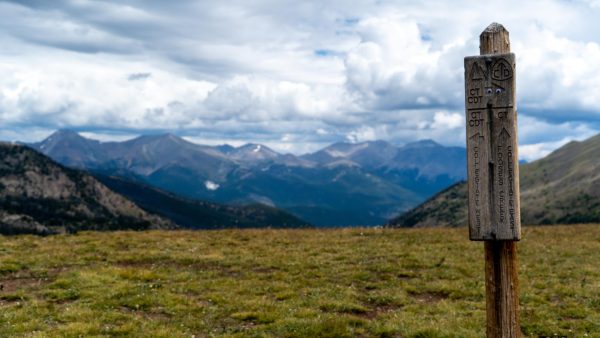
Trail culture also gives trail names, most hikers receive a nickname from other hikers. I carried a camera, a paper journal that I wrote the names of everyone I met in, and I let anyone write in my journal. This gave me the name “Yearbook” which I almost exclusively went by for the rest of the month, many of the hikers I met along the way never learned my real name and I never learned theirs.
While the trail was full of many notable experiences, one of the most memorable was hiking through the Cochetopa hills before San Luis Peak on day 25 of the trail. This was going to be an attempted marathon day to hike 26.2 miles compared to my average up to this point of 16 miles. The day was bound to be lengthy and taxing, not to mention that it also was in cow country. These sections are notorious for being unpleasant, with poor water quality, cowpies on the trail, and herds of cows standing on the trail. This stretch of trail is notoriously one of the hardest parts of the journey, but it’s also the price of admission to the San Juan Mountains. This range is widely considered the most scenic section of the entire trail and the reason most hikers endure the monotonous cow country miles that come before.
My experience went very differently than expected. I woke up early, packed up my camp and took off on the trail. The air was cool and the trail was flat, good for cruising. As the sun came up, I saw the golden hues bouncing off the grass and saw a number of rodents running around and birdsong in the air. The animals were awake and moving with me. I got to mile 12 around 11 a.m. and reached Cochetopa Creek, which I would hike alongside for the rest of the day. The babbling creek had fish that jumped out of the water, and the valley had even more incredible birds surrounding me. The sky was turning gray everywhere except above me, I would feel a brief sprinkle but then it would pass by. The entire day, I only saw six people, and on my 25th night I finally camped alone, 25 miles from where I started. While I did not hit the marathon point, I found the perfect campsite and watched the sunset. While I hiked all day without company, I was never lonely. It was a day of perfect bliss. Later, I learned that I dodged a major hailstorm in all directions by a little bit that day.
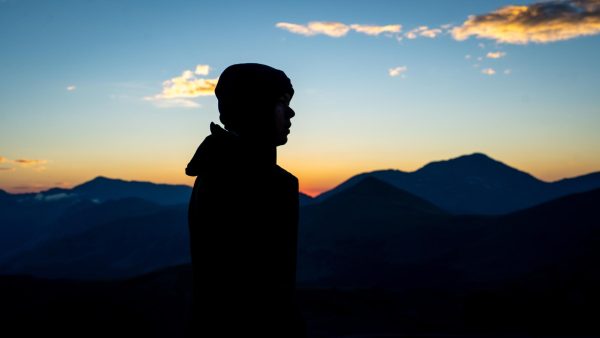
Until this point, I had never camped alone on the trail, as I was fortunate enough to have formed a few different “tramilies” (trail families) that I would meet at night to camp with. Tramilies formed quickly, after hiking with someone for a day it could feel like you have been friends for a long time. Relationships on trail were strong and unique. I found myself hiking with people that, in my regular life, I may not have ever wanted to talk to. Yet the trail brought me to these people and I shared an experience with them.
The trails revealed parts of humanity I had never seen before. People on and surrounding the trail were incredibly generous. The culture of thru-hiking is one of giving, and when you intersected a road people wanted to hear your stories and share what they had. Fresh fruit and vegetables were my greatest cravings, while others I had met sought after beer. Often, the townsfolk had both and were willing to share.
Lake City was the stop that showcased this the best for me. The town already had a reputation with hikers, and their hiker center has a feast every Sunday with locals who want to meet hikers and hikers who had lost pounds and needed a big meal. This town had a strong contrast to any other. In Breckenridge tourists looked at me like I was homeless and they would keep their distance. In Lake City, the fact that I was a dirtbag hiker who needed a shower and laundry did not bother them, instead they embraced me (and many others) with open arms. During the Sunday feast, I talked with George and Ingra (residents of Lake City), a couple who were fascinated by the trek and asked my friends and I about our journeys. By the end of the feast, they invited myself and other hikers over for dinner the next night. A home cooked meal was everything I wanted at this point of the trail. The hospitality was unmatched to anywhere else. I spent a whole day off-trail talking with and getting to know the locals. On my way out of Lake City, George offered me a fishing rod to carry the rest of the trail, which I accepted. While I never caught a fish, I see that rod as one of my greatest souvenirs of the trail.
During my journey, I rarely felt stressed or worried. When I did, it was when I was in town. Life on the trail was the most free I have ever felt, and it made me look at what really was important. Every single item I could need was on my back, and there was nothing else to worry about other than when I would find my next water source and where I could camp.
Over the trail, I met over 175 people, most of whom were hiking the very same trail I was. In Twin Lakes I met someone hiking the trail who went by Ghostwipe, I never saw him again until about 300 miles later, only two days before I would finish the trail with him. The trail is mysterious, as you never know if you will spend mere hours or many weeks with one person. You also never know if you will either never see them again or establish a lifelong friendship.
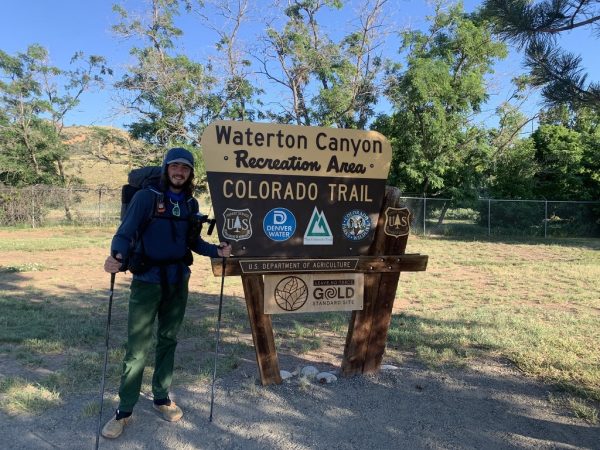
I finished the trail on Aug. 5 with a total of 512 miles due to detours up three of Colorado’s 14ers. When I was in my last mile, things felt unreal, but I eventually reached the end of the trail. If I wanted to keep walking I couldn’t, the trail was over. This was both gratifying and shatterin
g. I could not believe it was over after 35 days. I spent two days in Durango with people I hiked with before I returned home. It was incredibly bittersweet. Even sitting in a car driving 75 miles per hour already felt too fast. Work quickly picked up and I slept in a real bed but I did not sleep as well as I had in my tent for about a week.
Post trail depression is common and impacts everyone differently. For me, being off trail was crushing. My life quickly became busy and filled with stressors. People would often refer to “the real world” on the trail, this is where you work, live and make money. My friend Rookie disagreed with that sentiment and said that the trail feels more real than anything off of it.
After spending 35 days in the real world, I am now in the human world. Another friend expressed how people do not act the same in the human world. On trail you talk to everyone you pass, maybe even spend the rest of your day with someone. In the human world, it seems people do not go out of their way to talk to you unless you already established rapport. In my journal, I would write everyone’s name under the heading of “Friends of the CT” and every piece of writing I have from someone I met is precious to me.
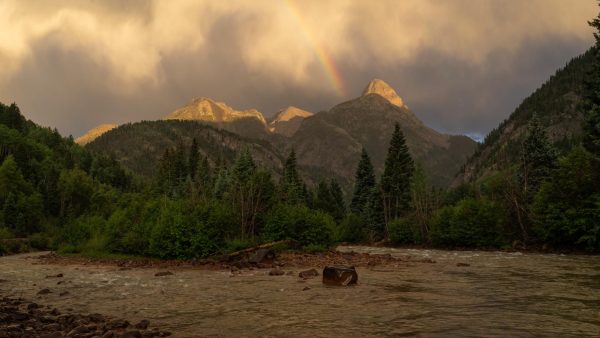
My first few weeks back were weeks of mourning. It felt like I lost a part of myself I had just found. I could hardly schedule anything and keeping track of my possessions was harder, because I couldn’t carry everything I owned on my back. While I have been on the mend from post trail depression, I have realized that I find this life much harder, and I greatly miss moving at three miles per hour.
I was given one piece of advice for reacclimating and post trail depression. The best way to get over it is to plan your next trail.
Now I feel fortunate to have seen this world with my own eyes. But my eyes are now open and they cannot close.

